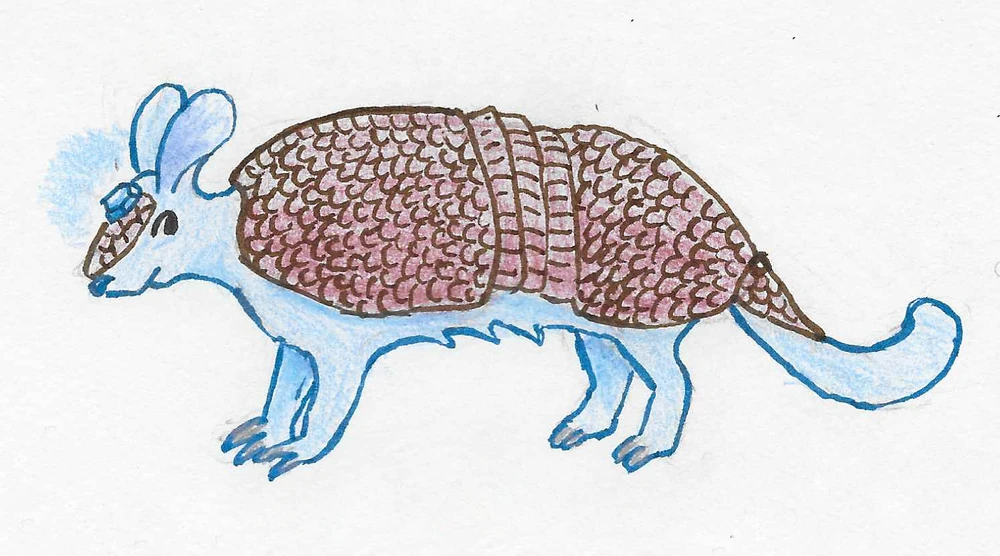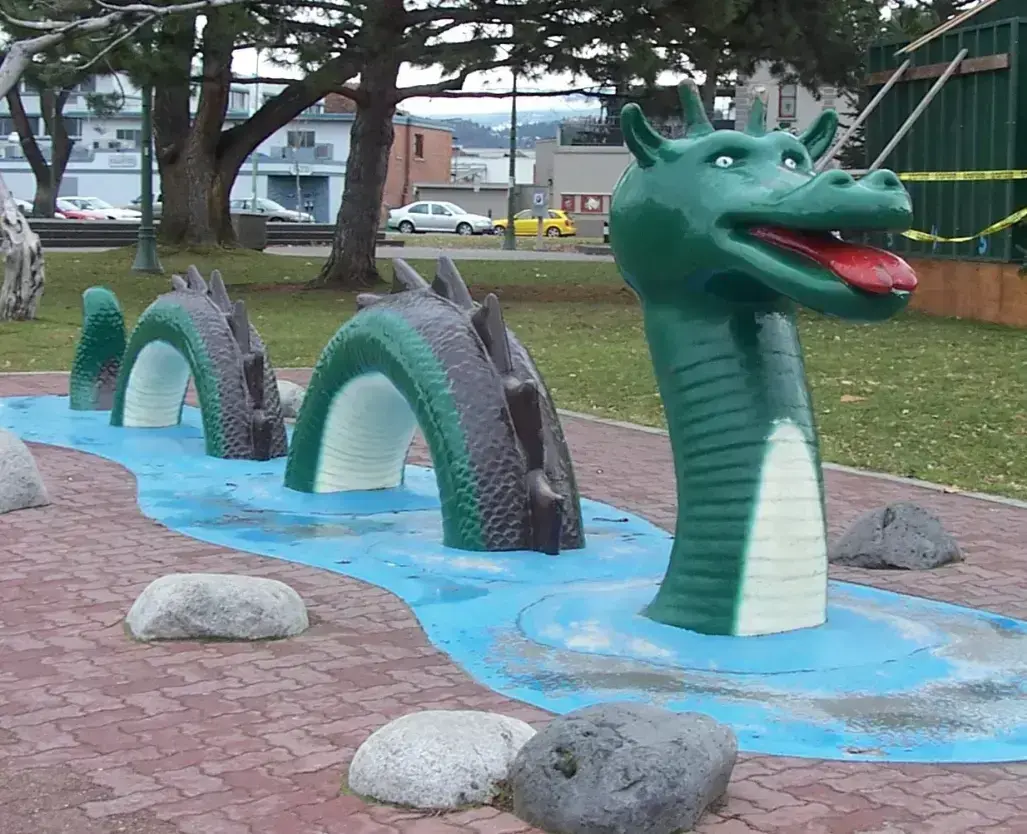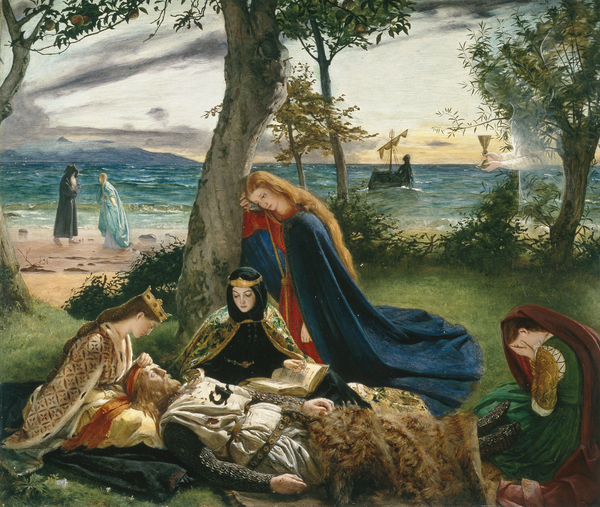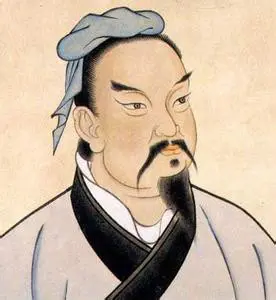Carbuncle

The Carbuncle (Spanish: carbunclo, carbunco; Portuguese: carbúnculo) represents one of South America's most fascinating legendary creatures, primarily documented in the folklore of Paraguay and the mining traditions of northern Chile.
This mysterious animal's defining characteristic is a brilliant red, luminous mirror on its head that resembles glowing coal—believed by many to be a precious gemstone embedded in the creature's skull. In the Guarani language, the creature was known as Añagpitán (corrected spelling), as recorded by Barco Centenera in one of the earliest written accounts of pursuing this elusive beast in Paraguay. Similar references appear in Brazil among Tupi-Guarani speaking populations, who called it anhangapitã.
For Spanish and Portuguese colonists, the Carbuncle embodied a realization of medieval European dragon lore—specifically the belief that dragons or wyverns harbored valuable gems within their brains or bodies, creating a fascinating blend of New World observation and Old World mythology.
Martín del Barco Centenera, a chaplain and explorer, documented the creature in his 1602 work La Argentina. He described it as "a smallish animal, with a shining mirror on its head, like a glowing coal." As Jorge Luis Borges later noted in his Book of Imaginary Beings, Barco Centenera "underwent many hardships hunting the reaches of Paraguayan rivers and jungles for the elusive creature; he never found it." In marginal notes to his text, Barco Centenera explained that the Spanish term carbunculo corresponded to the Guarani anagpitan (Añagpitán), which approximately translates to "the devil that shines like fire."
Another conquistador, Gonzalo Fernández de Oviedo y Valdés, drew parallels between the mirror-like feature on the Carbuncle's head and mysterious lights observed by Spanish explorers navigating the Strait of Magellan. Oviedo noted similarities between this phenomenon and European legends concerning gemstones hidden in dragons' brains—likely referencing lore documented by Isidore of Seville in his influential 7th-century encyclopedia Etymologiae, demonstrating how Old World mythology helped colonists interpret New World phenomena.


